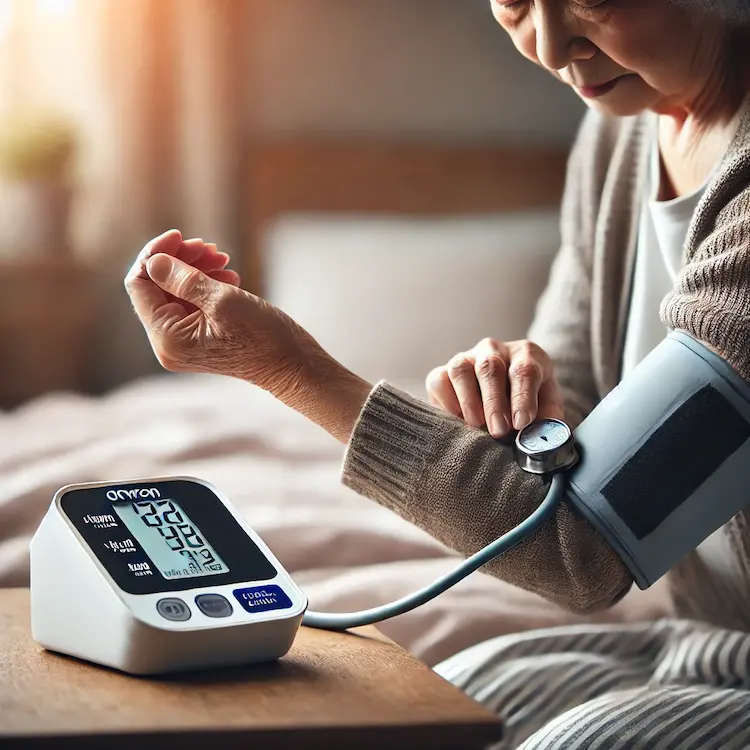For individuals with limited mobility, monitoring blood pressure at home can be challenging. Selecting a device that is easy to use, highly accurate, and comfortable is essential. When comparing the Omron M6 Comfort vs Omron M300, both are well-regarded upper-arm blood pressure monitors, but which one is better suited for those with mobility issues?
In this article, we will compare these two models, focusing on their usability, accuracy, features, and accessibility. We will also discuss Omron M6 Comfort vs Omron M300 their potential health benefits and provide actionable recommendations for choosing the best monitor for those with physical limitations.
Why Blood Pressure Monitoring Matters for People with Limited Mobility
Individuals with reduced mobility often face an increased risk of hypertension due to decreased physical activity, stress, and underlying health conditions. Regular monitoring is crucial for:
A blood pressure monitor designed for ease of use can significantly improve health outcomes and overall quality of life.

When selecting a blood pressure monitor for someone with limited mobility, several key factors should be evaluated:
| Feature | Omron M6 Comfort | Omron M300 |
|---|---|---|
| Ease of Use | Large, clear display, intuitive buttons, automatic inflation | Smaller screen, manual inflation option |
| Cuff Design | IntelliWrap pre-formed cuff (22-42 cm) for easy application | Standard adjustable cuff (22-32 cm), requires two hands |
| Accuracy | IntelliSense Technology for consistent and precise readings | Basic oscillometric measurement |
| Memory Storage | 100 readings per user (2 users) | 30 readings (single user) |
| Connectivity | No Bluetooth but stores more readings | No connectivity features |
| Additional Features | Averages last 3 readings, irregular heartbeat detection | Basic functionality, no averaging feature |
| Power Source | Battery or AC adapter | Battery only |
The M6 Comfort’s IntelliWrap cuff allows users to secure the device with one hand, making it an excellent choice for those with arthritis or motor impairments. The M300’s standard cuff requires both hands for proper placement, which may pose difficulties.
The M6 Comfort has a larger, clearer display, ideal for individuals with poor vision or dexterity issues. The M300 has a smaller display, making it less accessible for those with limited eyesight.
With a 100-reading memory for two users, the M6 Comfort is ideal for long-term tracking, while the M300’s 30-reading memory may not be sufficient for those needing regular monitoring.
Both models operate on batteries, but the M6 Comfort also supports an AC adapter, making it more convenient for home use without worrying about battery replacements.

Blood pressure monitors designed for accessibility can:
With an aging population, choosing the right blood pressure monitor becomes a crucial factor in maintaining health and autonomy.
For individuals with limited mobility, the Omron M6 Comfort is the superior choice due to its pre-formed Intelli Wrap cuff, easy-to-read display, large memory capacity, and superior accuracy. The Omron M300, while affordable, lacks these user-friendly features, making it less suitable for those with dexterity or vision impairments. If you or a loved one require a reliable, accessible blood pressure monitor, the Omron M6 Comfort is a worthwhile investment for better health management and ease of use.